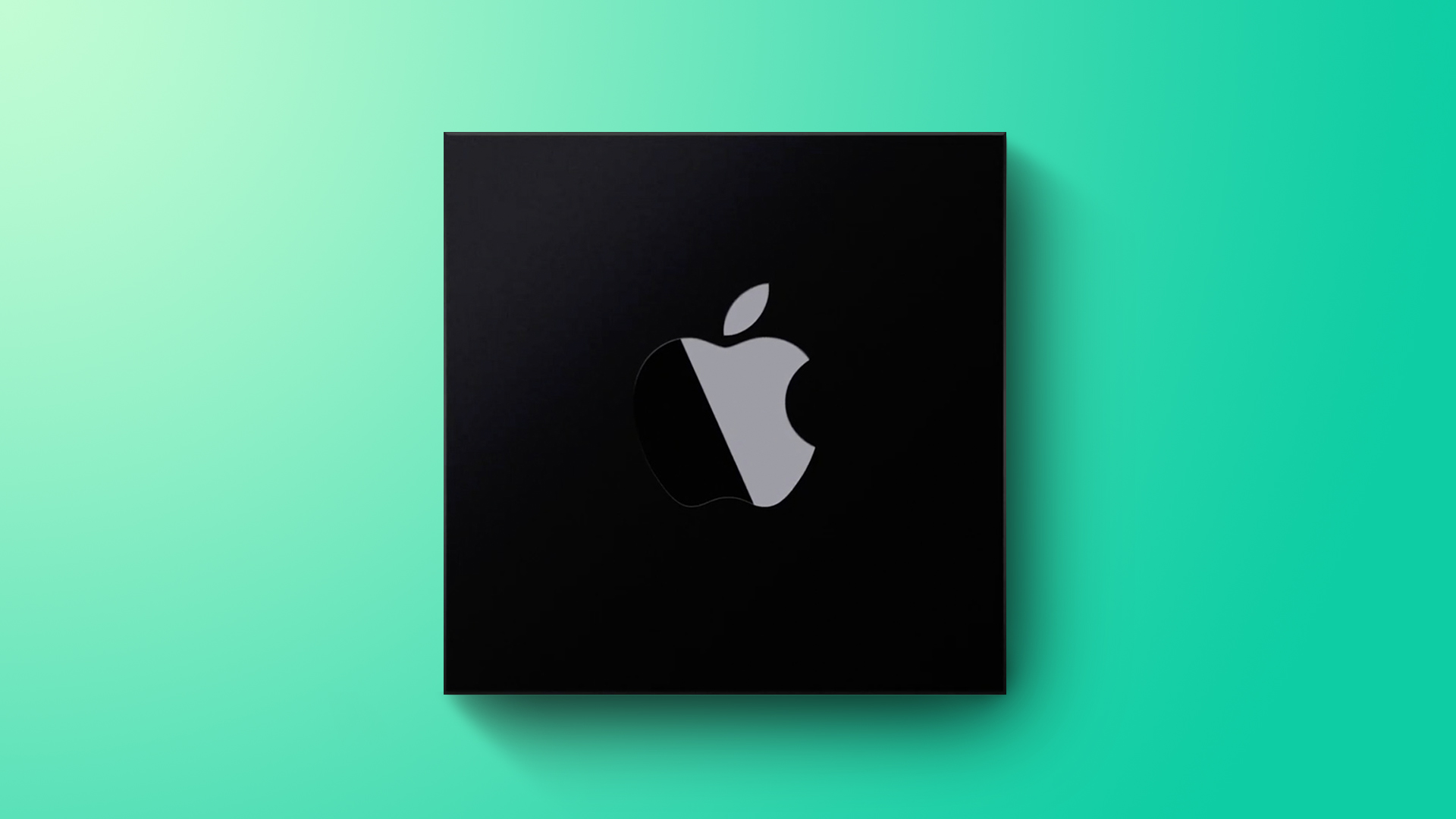Just because it's been discovered on their source code does not mean it's being developed right now but it's planned to happen. I'm beginning to think Mac rumors is bunch of false rumors.
References to what are believed to be the "A19" and "M5" Apple silicon chips have been discovered in official Apple code.

The references, found by Twitter user "@_orangera1n," indicate the existence of a large number of unreleased Apple chips. Following the trends of Apple's chip identifiers, the latest discoveries are believed to correspond to the "A19," "M5 Pro," "M5 Max," and "M5 Ultra" chips, suggesting that work on these processors is underway.
Apple's Tatsu Signing Server (TSS) verifies firmware files by issuing unique certificates called APTickets, which contain specific details, with no third-party logs. In an effort to identify unreleased ApChipIDs, TSS requests were made for every possible identifier. Those that did not return an invalid identifier seemingly point to an unreleased chip.
Among the discovered ApChipIDs, the identifier 0x8150 is believed to correspond to the A19, while 0x6050, 0x6051, and 0x6052 are believed to represent the M5 Pro, M5 Max, and M5 Ultra, respectively. This inference is made based on the logical sequence and patterns of previously released chips.
Assuming that Apple continues to release new iPhone models every year, the A19 could debut in 2025's iPhone 17 Pro models. For now, Apple's first 3nm chip, the A17 Bionic, is believed to be just weeks away from announcement in the iPhone 15 Pro models, sporting major performance and efficiency improvements over all of the Apple silicon chips from recent years that are based on TSMC's 5nm process.
Article Link: 'A19' and 'M5' Chips Discovered on Apple Backend Server
Got a tip for us?
Let us know
Become a MacRumors Supporter for $50/year with no ads, ability to filter front page stories, and private forums.
'A19' and 'M5' Chips Discovered on Apple Backend Server
- Thread starter MacRumors
- Start date
- Sort by reaction score
You are using an out of date browser. It may not display this or other websites correctly.
You should upgrade or use an alternative browser.
You should upgrade or use an alternative browser.
The process names are foundry marketing. They are meant to imply density metrics compared to older technologies where transistors were a particular nm size.What happens to the manufacturing process when M5 comes around? will it be lower than 3nm at that time. How small can they go and what happens when they reach 1-2nm..where do they go next? just curious
So they'll go to whatever the foundry offers, and may or may not put the foundry's marketing name in Apple's marketing materials
They are most likely working on the next 4-5 generations. Chip design iterations have historically been a 5 year process, so many companies work on several iterations with parallel teams.Lol A19 and M5.. we haven’t even seen A17 yet. I wonder what happened to A18 ? 🤔
But jokes aside, nothing surprising here. I’m pretty sure Apple is already working on the next 2-3 generations. They’ve been always doing that.
Not surprised. Apple will be working on chips/devices much before they are released
Intel, AMD and other design all their processors from scratch. Apple doesn't. Apple is licensing the ISA (Instruction Set Architecture) from ARM. The ISA specifies what registers are in the processor and also all the instructions. Therefore Apple might have a bit shorter process in designing their processors. The ISA also takes some time to plan and finalise, but that work is done by ARM. Apple does all the implementation design though, and it takes a lot of time.They are most likely working on the next 4-5 generations. Chip design iterations have historically been a 5 year process, so many companies work on several iterations with parallel teams.
Intel, AMD and other design all their processors from scratch. Apple doesn't. Apple is licensing the ISA (Instruction Set Architecture) from ARM. The ISA specifies what registers are in the processor and also all the instructions. Therefore Apple might have a bit shorter process in designing their processors. The ISA also takes some time to plan and finalise, but that work is done by ARM. Apple does all the implementation design though, and it takes a lot of time.
Apple iterates on their earlier processor designs just as Intel and AMD do. And Intel and AMD might not have to license the x86-64 ISA since they co-developed it, but they are just as bound to it's design parameters as Apple is with ARM. So I don't really see Apple having an inherent advantage or disadvantage in terms of their SoC design process compared to Intel and AMD with their CPU designs because they base their designs on ARM and not x86-64.
All I get from this is that Apple is working on future SoC's and the numbering scheme is consistent.
You laugh but that’s exactly what I finally upgraded to when I got sick of waiting for a good modular desktop Mac and couldn’t use my 2011 iMac much anymore with current software and internet. And then a few months later, it was made obsolete by Sonoma’s announcement. 🤦🏽♂️Same here. Gonna stick with my Intel iMac from 2017 for a few years. 🤣
Register on MacRumors! This sidebar will go away, and you'll see fewer ads.


